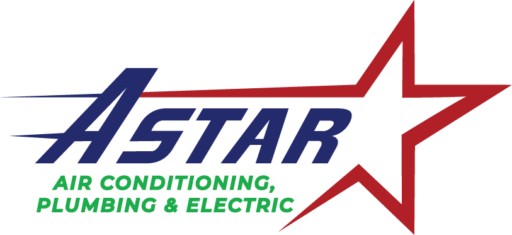
How to Deal with Low Water Pressure in Your Home
It doesn’t matter if you’re in a ten-year-old home or moving into a brand new one; dealing with low water pressure can be frustrating and disruptive to your daily activities. From weak showers to slow-filling sinks, it’s essential to address this issue promptly and restore adequate water flow.
At A-Star, we understand the challenges low water pressure presents and are here to help. Below, we’ll guide you through practical solutions to tackle low water pressure and ensure a steady, satisfying water flow in your home.
Check for Localized Causes:
Examine individual fixtures: Begin by checking the water pressure from multiple fixtures in your home. If the low pressure is limited to a single faucet or showerhead, it’s likely a localized problem specific to that fixture.
Clean or replace aerators: A faucet aerator is a small device that screws onto the end of a faucet spout. It consists of a mesh screen or perforated disk that breaks down the incoming water flow into multiple tiny streams. The purpose of a faucet aerator is to introduce air into the water stream, which helps reduce water usage while maintaining a steady and even flow. The aerator also helps prevent splashing and creates a smoother, more controlled water flow, enhancing the overall efficiency and user experience of the faucet. Clogged or dirty aerators can restrict water flow. Remove the aerators from the affected faucets, clean them thoroughly, and reattach them. If cleaning doesn’t resolve the issue, consider replacing them with new ones designed for better water flow.
Inspect the Main Shut-Off Valve:
Locate the main shut-off valve: Find the main shut-off valve for your home’s water supply. It is typically located near the water meter or where the main water line enters your property.
Ensure the valve is fully open: Sometimes, the main shut-off valve may not be fully open, leading to reduced water pressure. Ensure the valve is completely turned counterclockwise to allow maximum water flow.
Check for Plumbing Leaks:
Inspect visible pipes: Visually inspect exposed pipes in your home, looking for signs of leaks, corrosion, or damage. Even small leaks can significantly impact water pressure.
Seek professional assistance: If you suspect hidden leaks within the walls or underground, it’s best to consult with our plumbing experts. We have specialized tools and expertise to detect and repair concealed plumbing leaks, restoring water pressure.
Address Pressure Regulator Issues:
Locate the pressure regulator: Pressure regulators are typically installed near the main shut-off valve or where the main water line enters your home. They control the water pressure entering your property.
Adjust or replace the pressure regulator: If the pressure regulator is faulty or set too low, normal psi for a home pipe system is between 30 and 80 psi., it can result in reduced water pressure throughout your home. Our plumbing experts can assess and adjust or replace the pressure regulator to ensure optimal water flow.
Evaluate Water Supply Line Size:
Consult with our professionals: In some cases, inadequate water supply line size may be causing low water pressure. A-Star’s plumbing experts can evaluate your home’s plumbing system and determine if upgrading the supply lines is necessary to improve water flow.
Don’t let low water pressure inconvenience you any longer. A-Star’s dedicated plumbing experts are here to help restore optimal water flow in your home. If you’re experiencing any water pressure issues, like weak showers or slow-filling sinks and tubs, A-Star can find the problem and implement a solution fast! Contact us today to schedule a consultation and let us unlock the flow and ensure satisfying water pressure in your home once again.
